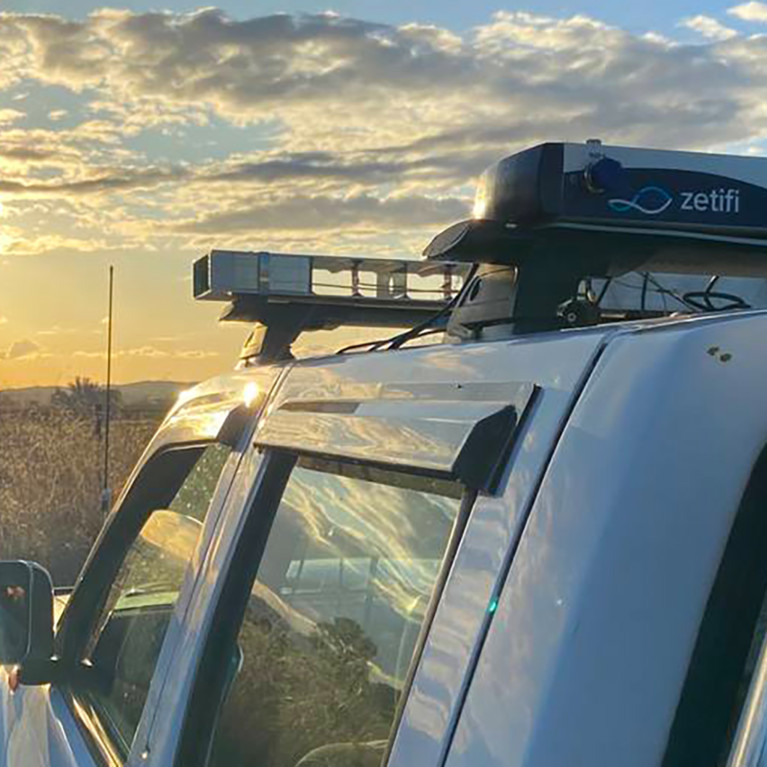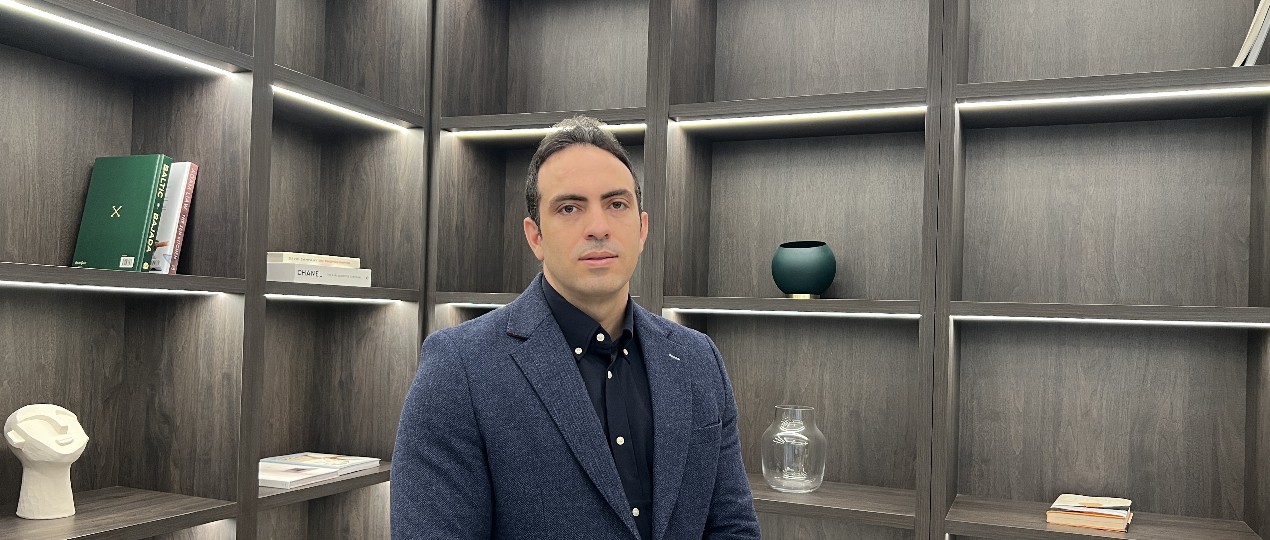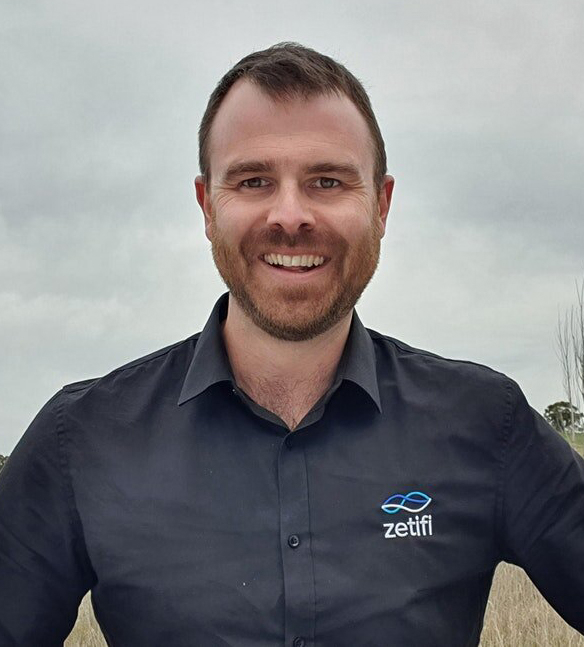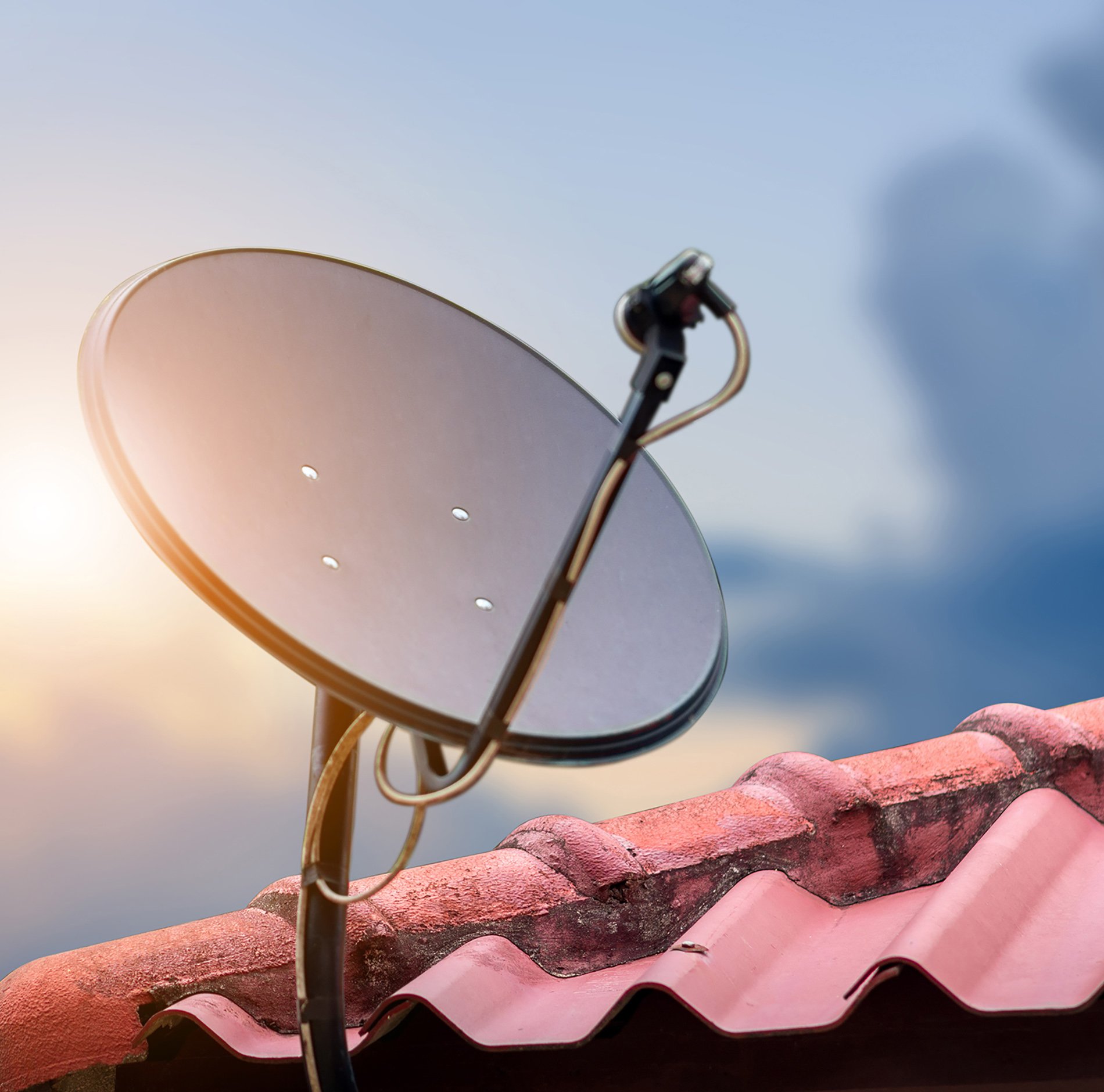- Posted on 17 Jul 2025
- 8 minutes read
Ground-breaking antenna technologies that turn a ute, tractor or car into a long-range mobile connection hub for the bush. What could be more Australian than that?
Key points
- New smart antenna technology custom-built for Australian conditions is helping to connect mobile black spots on farms and in regional areas.
- Regional start-up Zetifi launched a range of smart antennas in 2024 based on UTS-designed technology that optimises signal based on GPS location.
- A new antenna built into vehicle roof racks has been developed and tested at the UTS Radio Frequency and Communication Technologies Lab.
- The research partnership has yielded $15 million in funding, created 30 jobs and generated two patents.
Finding a reliable internet connection in the bush can be a challenge, especially if you work on a farm.
Only 43 percent of Australian farmers say they’re adequately covered by a wireless network or mobile data. They even have a name for it: “salt” (good) and “pepper” (bad) connectivity.
New smart antenna technology custom-built for Australian conditions is helping to connect these mobile black spots on farms and in regional areas, by adjusting signal strength based on GPS information and local conditions.
It’s being developed by regional Australian start-up Zetifi using technology designed at the University of Technology Sydney (UTS).
“I’ve seen farmers perform the most amazing acts of contortion, hanging out tractor windows and climbing up ladders, trying to get a decent connection,” says Zetifi Chief Executive Officer, Dan Winson.
“We want to turn every vehicle into an intelligent connectivity hub that enables reliable communication for remote operations. Our smart antennas support location-based optimisation, Bluetooth tracking and out-of-band connectivity for a wide range of devices.”
“These are Australian-designed solutions, built for tough environments and ready to support safer, smarter and more connected work on farms.”

Director of the UTS Radio Frequency and Communication Technologies (RFCT) Lab, Associate Professor Negin Shariati, elaborates on the Australian-first technology.
“The antennas used in urban settings are simply not feasible for remote areas due to a range of reasons,” she says.
“Our ‘fit-for-purpose’ technologies are smaller, more affordable, more efficient and offer greater range than other antennas currently on the Australian market.”
“These innovations place us at the forefront of advancing rural connectivity solutions in Australia. The customised systems meet both Australian and global standards, benefiting brand Australia.”
Turning vehicles into mobile hotspots
Zetifi launched a new range of smart antennas in mid-2024 that automatically optimise signal strength based on GPS location—whether the vehicle is on flat or hilly terrain or adjusted by user preferences.
“Our products are world-leading in their ability to adaptively switch between communication frequencies based on environmental conditions: a breakthrough that significantly enhances rural and remote connectivity,” says Dan Winson.
The new product range is underpinned by antenna technology developed by the RFCT team led by Associate Professor Shariati and Senior Research Fellow/Principal System Engineer Dr Rasool Keshavarz.
“This innovation isn’t just about one antenna. It’s about an entire constellation of technologies designed to address real-world challenges" says Associate Professor Shariati.
"We’ve developed a solution that can be tailored to different scenarios. Our smart, compact, energy-efficient systems consistently outperform off-the-shelf products in range, cost and adaptability.”
The smart antenna product has only been one step in Zetifi’s mission to use innovation to better connect rural Australia. Following its success, they approached the RFCT Team to help them create more new products.
This innovation isn’t just about one antenna. It’s about an entire constellation of technologies designed to address real-world challenges.

“Zetifi came to us wanting an antenna that could be embedded inside metal roof racks: a product that doesn’t exist anywhere on the market,” Dr Rasool Keshavarz explains.
“It was a great opportunity to turn a technical challenge into a real innovation and deliver a solution that went beyond their expectations.”
One major issue with mounting antennas above a roof rack is interference from luggage or other items which can block or distort signals.
To overcome this, the team embedded both LTE and WiFi antennas inside the metal roof rack, transforming it into a functional part of the antenna system. This metal structure acts like a cavity to help boost signal gain.
“Most people think of a roof rack as just a place to carry gear. But in our design, it becomes the antenna system,” says Dr Keshavarz.
“We placed multiple antennas inside the metal roof rack and isolated them from anything that might interfere with signal quality. With our beamforming modules, we can steer the signal in different directions around the vehicle, further improving range and coverage.”
“This out-of-the-box smart design transforms the roof rack into a high-gain, 360-degree directional communication system—ideal for staying connected in remote areas.”
From the lab to the land
Behind the scenes, but critical to developing robust antenna technology, is the unique testing capability at the RFCT Lab.
The in-house electromagnetic compatibility testing facility evaluates how antennas and connected systems perform in complex radio environments, ensuring solutions meet real-world compliance standards and can operate reliably without interference.
The climate testing chamber simulates environmental extremes such as intense heat, cold, and humidity, which helps validate durability under harsh Australian conditions.
Many off-the-shelf products failed under these tests, underscoring the importance of designing technology specifically for local challenges.
These lab tests were later confirmed by field trials conducted by engineers from Charles Sturt University and Zetifi at the Global Digital Farm trial site at Wagga Wagga, NSW.
Most people think of a roof rack as just a place to carry gear. But in our design, it becomes the antenna system.

Underpinning the work has been a strong partnership between university researchers and commercial partners, brought together five years ago under the Food Agility Cooperative Research Centre.
Dr Mick Shaefer, Chief Executive Officer of Food Agility, cited it as a great example of research collaboration for a wider good.
“It’s not just about better Wi-Fi, it’s also a big step towards ensuring sustainable farming practices, aiding emergency services and everyday communication for families and businesses in rural areas," he says.
"The potential impact is huge, both for local communities and the economy."
To date, the partnership has yielded almost $15 million in funding and grants, including $12 million in series A start-up funding led by Telstra and GrainCorp for Zetifi to bring the technology to global markets.
The partnership has created 30 jobs and resulted in two patents that have enabled Zetifi products that are for sale in the Telstra shop and retailers across the country.
It has also enabled a node of the ongoing $10 million Australian Research Council Industrial Training Centre for Automated Vehicles in Rural and Remote Regions.
The work has also won two awards (Food Agility Excellence Award (Research to Innovation) and UTS Vice-Chancellor's Award for Research Translation) and been a finalist in two major industry awards (Australian Financial Review Higher Education Award (Research Commercialisation) and Internet of Things Award Australia).
“The UTS-RFCT team brought a pragmatic approach that helped ensure ideas were not just technically sound, but also commercially viable. The value provided by this partnership promises continued growth and success for Zetifi," says Dan Winson.
"Our collaboration has been a cornerstone of our strategy to push the boundaries of connectivity technology. UTS’s contribution to our shared success demonstrates exactly why partnerships between universities and companies like Zetifi are so vital."
“Together, we have embarked on a journey that transcends traditional research and development paradigms, focusing on real-world applications and innovative solutions that address critical connectivity challenges across Australia and globally.”
More information
57 percent
of Australian farmers say they do not have adequate digital connectivity
$12 million
in series A start-up funding raised by Zetifi
30 new jobs
created by Zetifi in Wagga Wagga, NSW
2 patents
of smart antenna technology
5x
winner or finalist in major industry or academic awards









